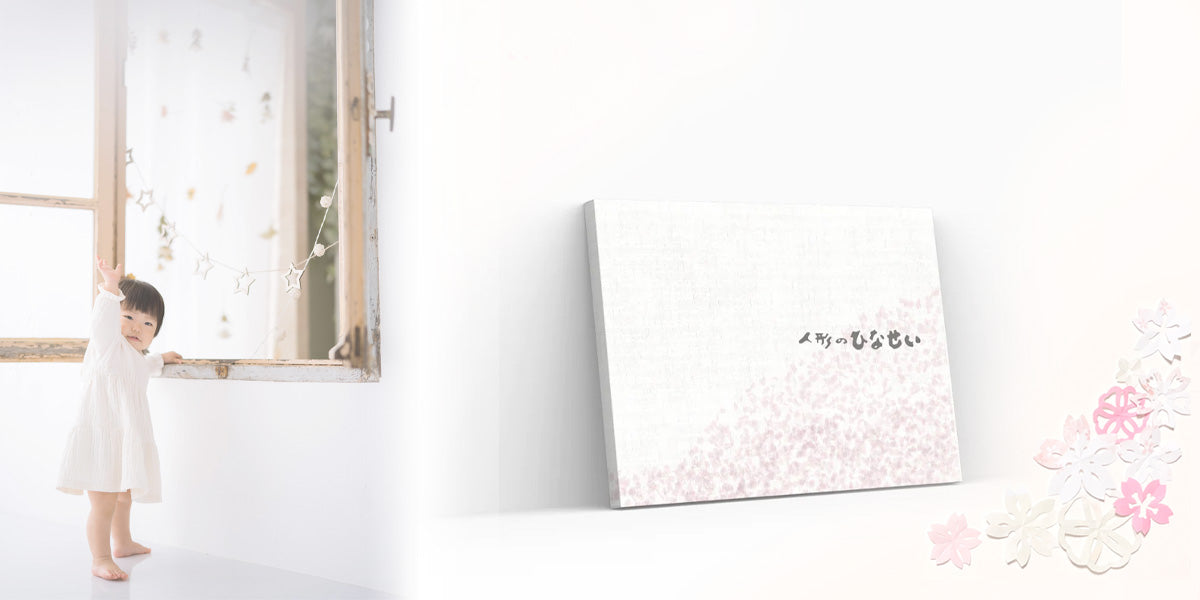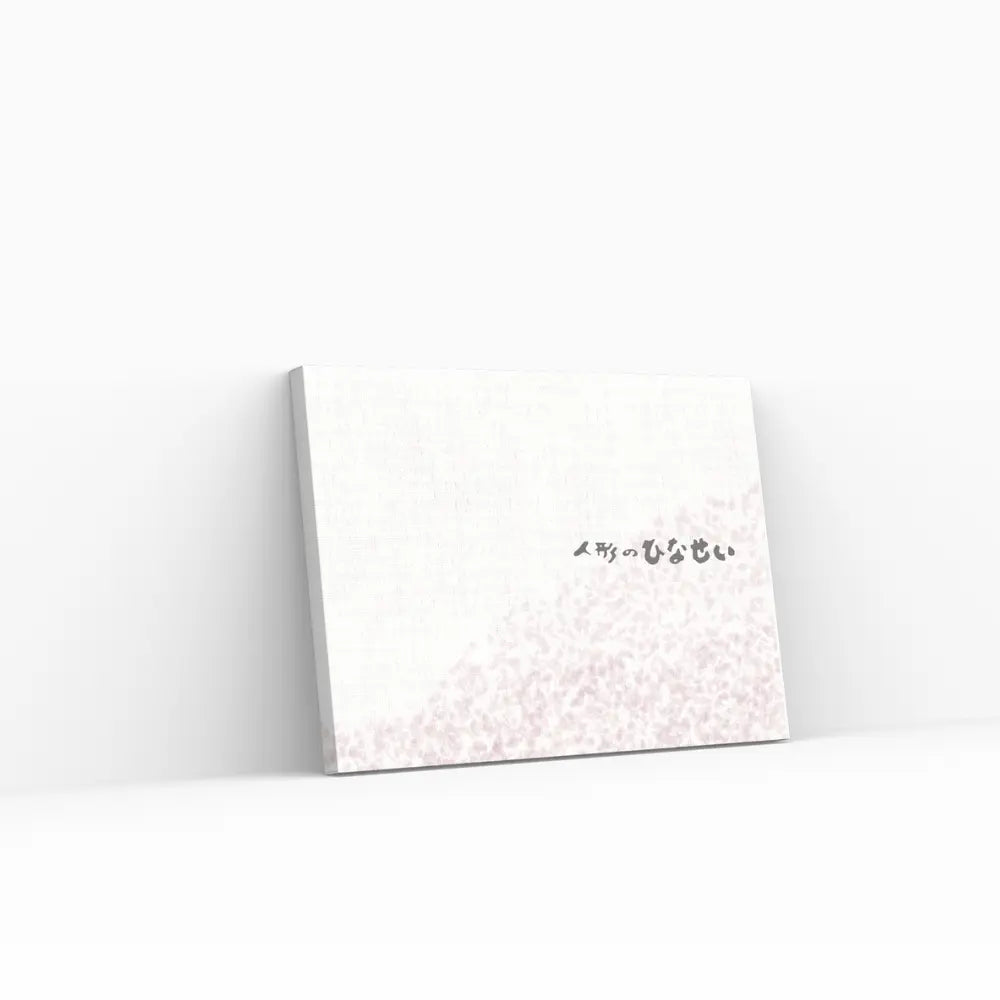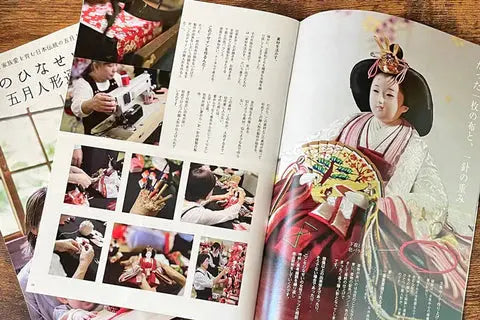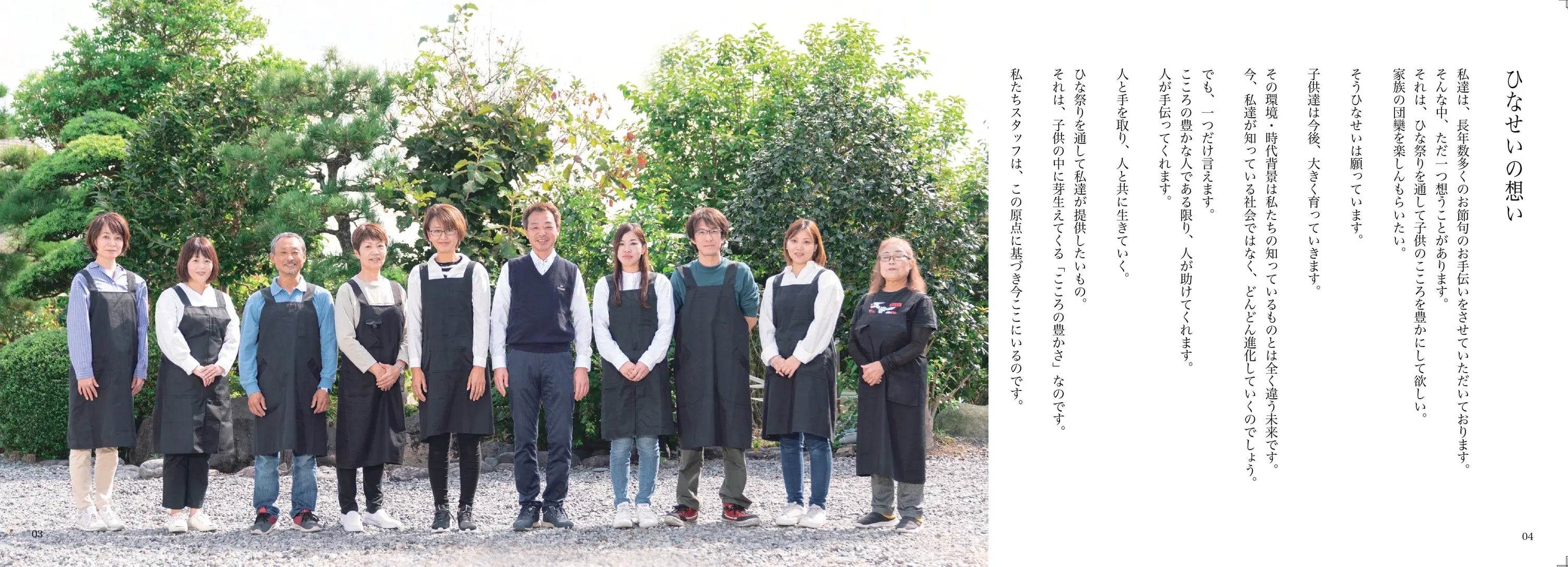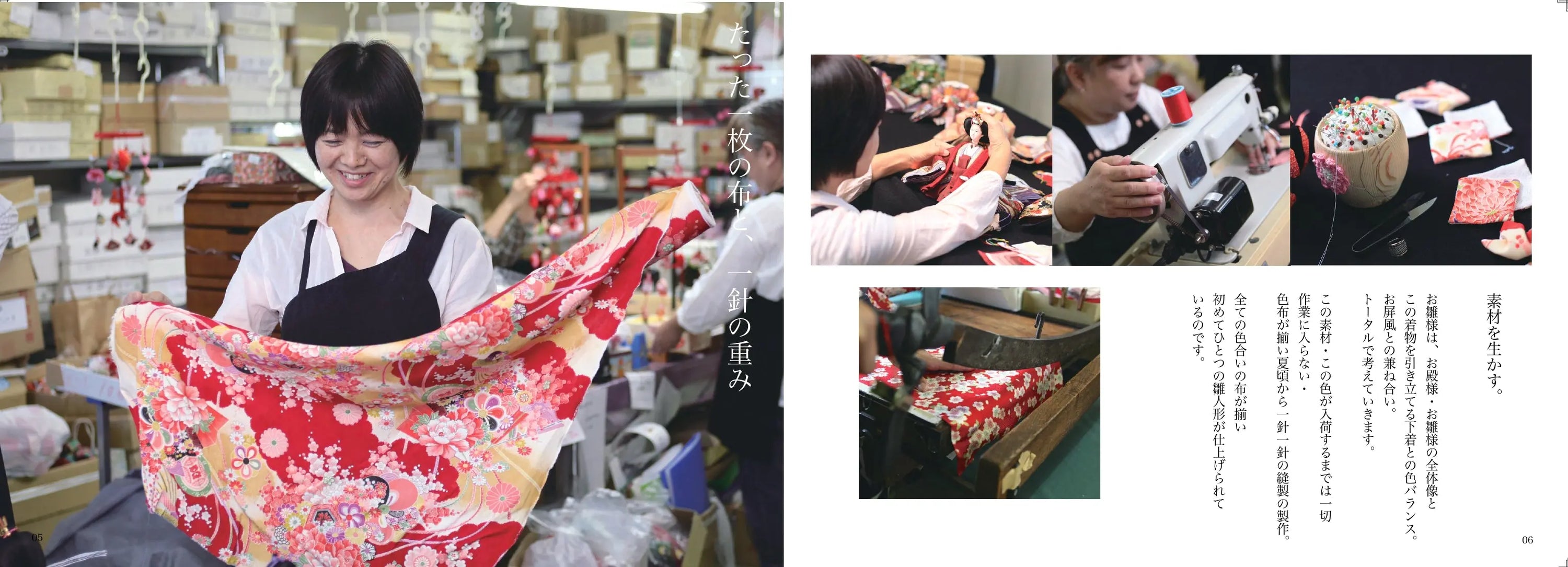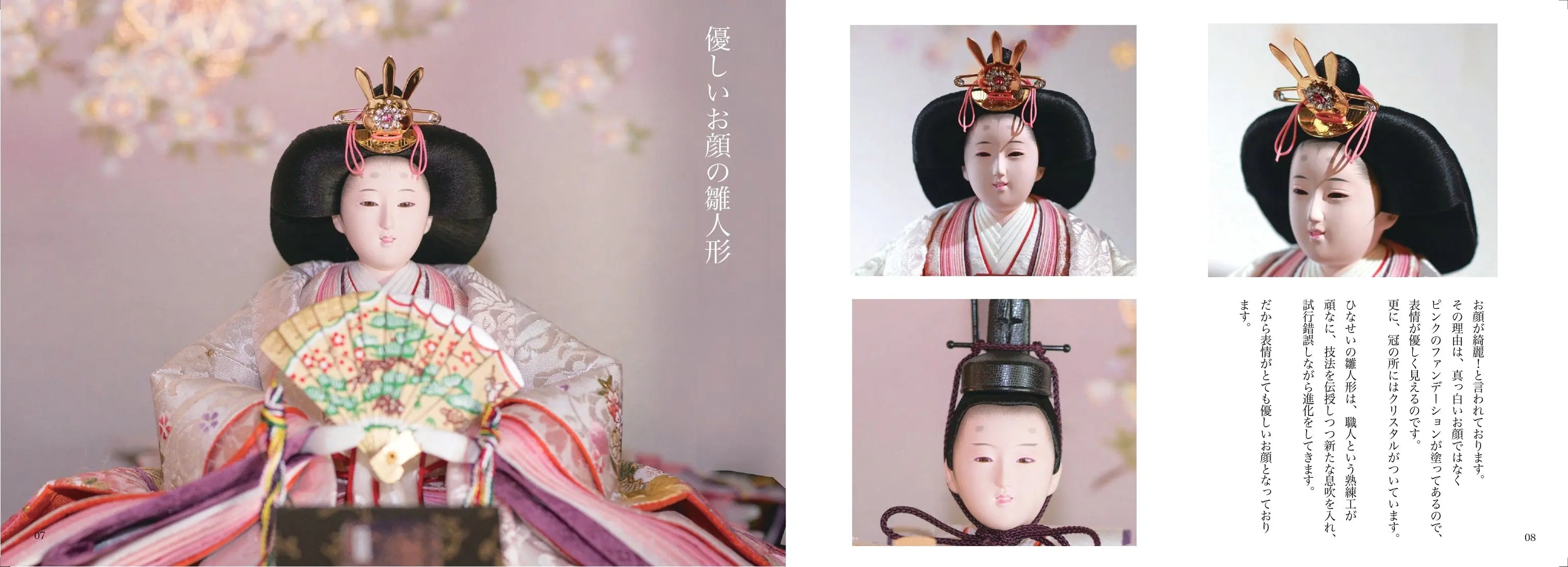The Charm of the Jinjitsu Festival and Nanakusa-gayu (Seven Herb Rice Porridge) | History, Health Benefits, and Easy Recipes
For more articles about New Year's, click here 
--- table of contents ---
Click below to jump
4. Jinjitsu Festival, one of the five seasonal festivals : Learn about its history and deep meaning
8. [Easy & Effective] Nanakusa-gayu Diet : The ultimate way to lose weight gained over the New Year
[What is Jinjitsu Festival?]
A thorough explanation of ancient Japanese traditional events and the origins of the seven herbs
Jinjitsu Festival is one of the five traditional seasonal festivals in Japan, and is held every year on January 7th.
This day is known as "People's Day" and is an event to pray for people's health and longevity .
This custom, which was introduced from China, has been practiced since ancient times as a prayer for good health .
It is customary to eat rice porridge with seven herbs on this day in particular.
The seven herb rice porridge contains parsley, shepherd's purse, gogyo, chickweed,
Seven herbs are used: henbit, suzuna (turnip), and suzushiro (radish).
Each of these plants has a special meaning, such as warding off evil spirits,
It has been believed to have the power to promote health.
The origin of the seven herbs is to rest the stomach and intestines that have been tired from the New Year's feast and to pray for good health and safety for the year.
Nanakusa-gayu also warms the body, which has been weakened by the cold of winter, and provides necessary nutrients.
With this background, the Jinjitsu festival is not just an event,
It has become an important tradition that symbolizes Japanese culture and health consciousness.

The Seven Herbs Festival and its deep origins: an important Japanese custom of praying for health and longevity
The Nanakusa Festival is a traditional Japanese event on January 7th where people eat rice porridge with seven herbs and pray for the health and longevity of their family.
This custom originated from an ancient Chinese event called "Jinri" which was introduced to Japan and established itself there.
The herbs used in the Nanakusa-gayu are:
There are seven types: parsley, shepherd's purse, burdock, chickweed, chickweed, turnip, and white radish.
Each of them is said to have beneficial effects that promote health.
For example, parsley is said to stimulate appetite, and shepherd's purse has a detoxifying effect.
This custom of praying for health and longevity is especially popular after eating too many delicious dishes during the New Year.
It helps to reset the body.
Also, by eating rice porridge with seven herbs, people pray for good health for the year,
It has been popular as wisdom for maintaining health.
This ancient custom is still observed in many homes today.
They are treasured along with the changing seasons of Japan.
[Easy!] How to Make Nanakusa-gayu (Porridge with Seven Herbs)—Healthy and Nutritious Recipe
Nanakusa-gayu is a healthy porridge that is easy to make and packed with nutrients that are good for your body.
First, prepare the following:
Seven kinds of grasses: parsley, shepherd's purse, burdock, chickweed, henbit, turnip, and white radish.
It's rice, or cooked rice.
First, make the porridge.
If using cooked rice, add water and simmer slowly over low heat.
If you are making it from rice, put rice and plenty of water in a pot.
Cover and simmer slowly over low heat.
Next, finely chop the seven herbs and add them to the pot when the porridge is almost done.
The key is to add the seven herbs at the end to prevent their fragrance from escaping .
Add the seven herbs and simmer for a few more minutes, but turn off the heat once the herbs have softened.
Add a little salt to taste to enhance the flavor.
With this easy recipe , anyone can easily make nanakusa-gayu.
Nanakusa-gayu is gentle on the stomach and rich in vitamins and minerals , making it a healthy food perfect for the winter season.

Learn about the history and deep meaning of Jinjitsu Festival, one of the five seasonal festivals
Jinjitsu Festival is one of the five seasonal festivals in Japan and is a special event held on January 7th.
This festival was introduced from ancient China,
As it is the earliest of the five seasonal festivals, it is considered an important day to pray for good health in the new year.
The five seasonal festivals are Jinjitsu, Joshi (Peach Festival), Tango (Children's Day),
These five festivals include Tanabata, Chrysanthemum Festival, and Choyo (Chrysanthemum Festival), and different traditional events are held for each festival.
On the Jinjitsu festival, it is customary to eat rice porridge with seven herbs and pray for good health.
The seven spring herbs used in nanakusa-gayu have beneficial effects on the body.
Since ancient times, it has been eaten to help restore the body's strength after being weakened by the cold winter weather.
Furthermore, the Jinjitsu festival has long been associated with fortune-telling, where people would predict the good or bad luck of the year on a specific day.
In this way, the Jinjitsu festival is not just a seasonal turning point,
In addition to praying for the health of the family,
It is also an event that symbolizes a sense of the seasons and respect for nature .

The surprising health benefits of nanakusa-gayu: from losing weight over the New Year to boosting your immunity
Nanakusa-gayu is the perfect food to lose weight gained over the New Year and reset your body.
Nanakusa has a detoxifying effect , helping to expel excess fat and toxins from the body.
In particular, turnips and daikon radishes have the effect of promoting digestion and regulating gastrointestinal function.
In addition, the vitamins and minerals contained in Nanakusa-gayu boost your immune system.
It helps protect your body during the winter season when you are more likely to catch a cold.
Furthermore, nanakusa-gayu is low in calories and gentle on the stomach,
You can get a balanced supply of essential nutrients while giving your stomach and intestines a rest .
By incorporating these simple and healthy meals into your body after a lavish New Year's meal, you can create a foundation for a healthy new year.
The effects of Nanakusa-gayu have been supported by many people from ancient times to the present day.
This is evidenced by the fact that many families continue to observe this tradition on January 7th every year.
The Seven Herbs of Spring: Their Meanings and Types
The seven herbs of spring include parsley, shepherd's purse, gogyo, chickweed,
There are chickweed, turnip, and white radish.
Each herb has its own special meaning and efficacy that has been passed down since ancient times.
For example, parsley is said to stimulate appetite , and shepherd's purse has a detoxifying effect.
Gogyo soothes sore throats , while chickweed regulates the stomach.
Lamium amplexicaule stabilizes blood pressure , while turnip and daikon radish aid digestion.
As you can see, each of the seven herbs has its own beneficial effects.
It has been eaten in early spring to improve physical condition.
The meaning of the seven herbs has been closely related to the Japanese climate since ancient times.
It is also important to prepare for spring after surviving the cold winter.
For example, parsley means "to win a competition," and shepherd's purse means "to be petted and become healthy."
Each symbolizes health and good fortune.
Nanakusa-gayu , which incorporates these herbs, is more than just food;
It is a special meal filled with wishes and prayers for the new year.
By eating the seven herbs, you can take in the nutrients your body needs,
The custom of praying for good health and safety throughout the year is still cherished in many households today.
Through these traditions, we can rediscover the power of the seven herbs of spring ,
It is important to continue to preserve traditional culture.

The origin and secret recipe of making Nanakusa-gayu (rice porridge with seven herbs) as a family to enjoy the customs of the Jinjitsu festival
On the Jinjitsu festival , it is customary for families to make rice porridge with seven herbs and enjoy it together.
This custom has a deep meaning of praying for the health of the whole family.
The origin of Nanakusa-gayu is said to be to give a rest to the stomach and intestines tired from the New Year's feast,
In addition, families gather at the start of the new year and spend time together.
It has also been important to deepen bonds.
The recipe for nanakusa-gayu is very simple.
First, parsley, shepherd's purse, burdock, chickweed, and eggplant,
Prepare the seven herbs, suzuna and suzushiro, and chop them finely.
Next, prepare cooked rice or porridge and mix in the chopped seven herbs.
After adding the seven herbs, simmer the porridge for a few more minutes to make fragrant nanakusa-gayu .
Adding salt to the dish will soothe your stomach and intestines, which may be tired from overeating during the New Year holidays.
Also, by eating this porridge together as a family,
Not only will you wish for good health, but it will also strengthen family bonds .
The Jinjitsu Festival is one of Japan's beautiful traditions that values health and family ties.
[Easy & Effective] The Nanakusa-gayu Diet: The ultimate way to lose weight gained over the New Year
The Nanakusa-gayu diet is gaining attention as an effective way to lose weight gained over the New Year holidays.
The seven spring herbs used in nanakusa-gayu are low in calories and rich in vitamins and minerals.
This allows you to manage your weight while consuming a balanced diet without any dietary restrictions .
In particular, suzuna (turnip) and suzushiro (radish) have the effect of regulating the stomach and intestines.
It's the perfect way to give your digestive system a break after overeating.
Nanakusa-gayu is low in calories and very satisfying, so it helps you control your food intake without any difficulty.
In addition, nanakusa-gayu contains a lot of water,
Another reason it's good for dieting is that it makes you feel full easily.
By incorporating this porridge into your breakfast or dinner, you can lose weight effortlessly.
It also has a detoxifying effect that flushes out excess fat and toxins from the body.
The Nanakusa-gayu diet does not require any special preparation or strenuous exercise.
It's a healthy diet that anyone can easily start.
By eating rice porridge with seven herbs every year on January 7th,
Start the new year healthy.

Nutritional benefits of Nanakusa-gayu: Explaining the essential ingredients for a healthy body
Nanakusa-gayu is rich in nutrients that are essential for building a healthy body.
First of all, the vitamin C contained in the seven herbs boosts immunity and is effective in preventing colds.
Vitamin A also protects eye health and promotes skin regeneration.
In addition, it is rich in the mineral potassium, which helps stabilize blood pressure.
For turnips and radishes,
It contains enzymes that aid digestion and support gastrointestinal function.
This will gently soothe your stomach and intestines, which may be tired from the sumptuous New Year's meal.
It is also rich in dietary fiber, which helps regulate the intestinal environment and relieve constipation.
Nanakusa-gayu is low in calories yet highly nutritious, making it ideal for supplementing nutrients while dieting.
Eating rice porridge with seven herbs every year on January 7th is a traditional custom to ensure a balanced intake of nutrients necessary for the body and to maintain good health throughout the year.
This will help you feel better and ready for the new year.
The relationship between the five seasonal festivals and the seven herbs: Gain a deeper understanding of Japan's seasonal events
The five seasonal festivals are one of Japan's traditional seasonal events.
Each festival is considered an important day to celebrate a turning point in the year.
Among these, the Jinjitsu festival is held on January 7th, and there is a custom of eating rice porridge with seven herbs.
The five seasonal festivals were introduced from ancient China and established in Japan.
People's Day (January 7th), Kamishi (March 3rd), Tango (May 5th), Tanabata (July 7th),
It refers to the five seasonal festivals of Double Ninth (September 9th).
These festivals celebrate the change of seasons ,
It is meant to pray for the health and well-being of the family.
Especially on the Jinjitsu festival, people eat rice porridge made with the seven herbs of spring.
It is an ancient custom to pray for good health in the new year .
Nanakusa-gayu has the effect of warming the body and providing nutrients.
It's the perfect food for cold weather.
In this way, the five seasonal festivals and the seven herbs are essential elements for gaining a deeper understanding of Japan's seasonal events and culture , and are still cherished in many households today.
[Fun for parents and children]
Seven Herbs Festival: Learn Japanese Traditions and Easy Recipes with Your Kids
The Seven Herbs Festival is a traditional Japanese event that can be enjoyed by parents and children.
This festival is a great opportunity to teach children about Japanese culture and traditions.
First, let's learn what the seven herbs are, their meaning and origin.
The seven herbs of spring each have the effect of promoting health,
Children will be interested if you explain that it is believed to have the power to ward off evil spirits.
Next, by making nanakusa-gayu together, you can share the enjoyment of cooking.
If it's a simple recipe , it's easy for children to join in, chopping vegetables,
You can experience the joy of cooking through the experience of mixing porridge.
Eating nanakusa-gayu also helps children naturally develop healthy habits.
Furthermore, this event not only deepens the bond between parents and children, but is also extremely beneficial as part of food education .
Enjoy Japanese culture through the Seven Herbs Festival,
Take time to pray for the health and happiness of your family .

You can also display them during the New Year! Hina dolls can also be used as interior decorations
Summary: Rediscover the charm of the Jinjitsu Festival and Nanakusa-gayu! A Japanese tradition of wishing for health and longevity
The Jinjitsu Festival and the celebration of Nanakusa-gayu are traditional Japanese events and important customs that pray for the health and longevity of family members.
Through this festival, we can reaffirm Japanese culture and history and welcome the start of the new year with a refreshing feeling.
The seven spring herbs used in nanakusa-gayu are each known for their health benefits and nutritional value , and they gently soothe the body tired from the cold winter weather.
Furthermore, it is the perfect meal to reset yourself after overeating during the New Year and get your health in order.
Even today, by continuing to preserve this tradition, we can support the health of our families and pass on the richness of Japanese culture to the next generation.
Eating nanakusa-gayu is more than just a custom; it is an important time to deepen family bonds and maintain physical and mental health.
As we welcome the new year, let's rediscover the charm of the Jinjitsu Festival and Nanakusa-gayu , and take the first step towards a healthy and happy year.




